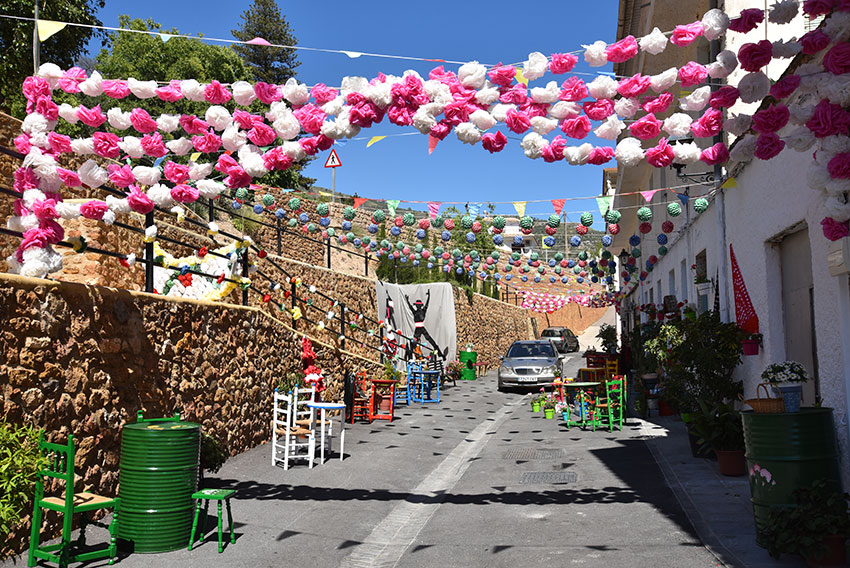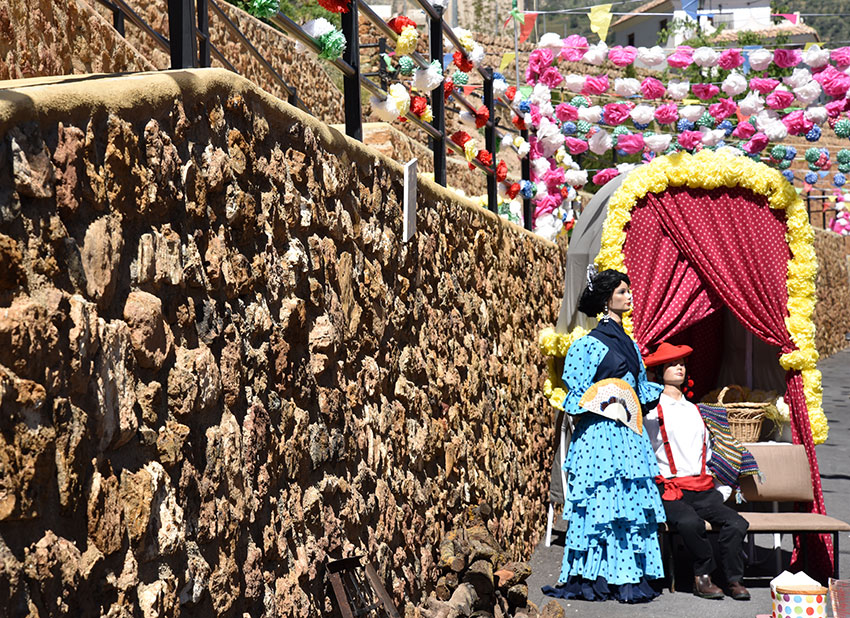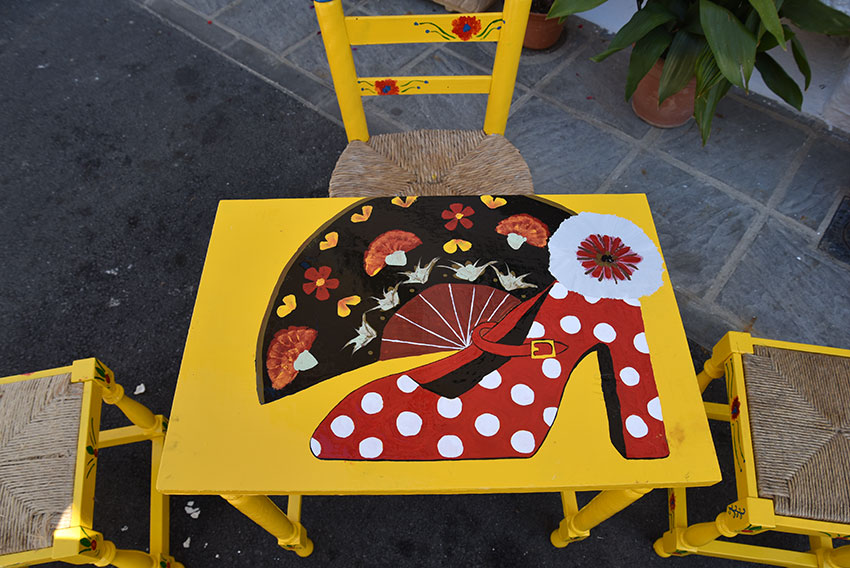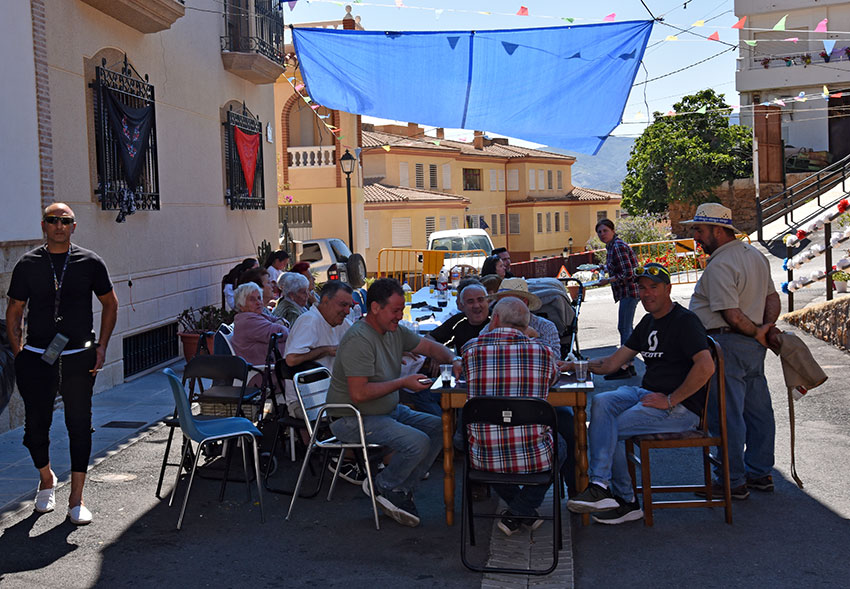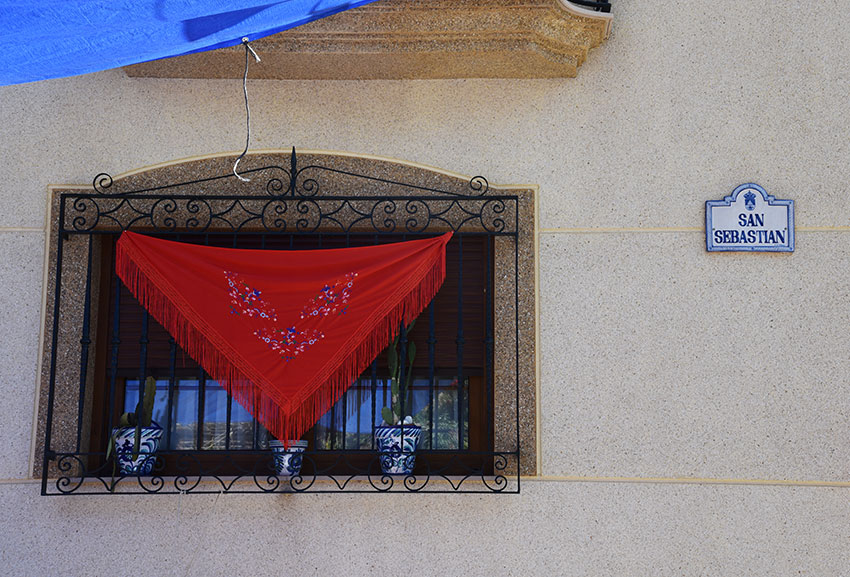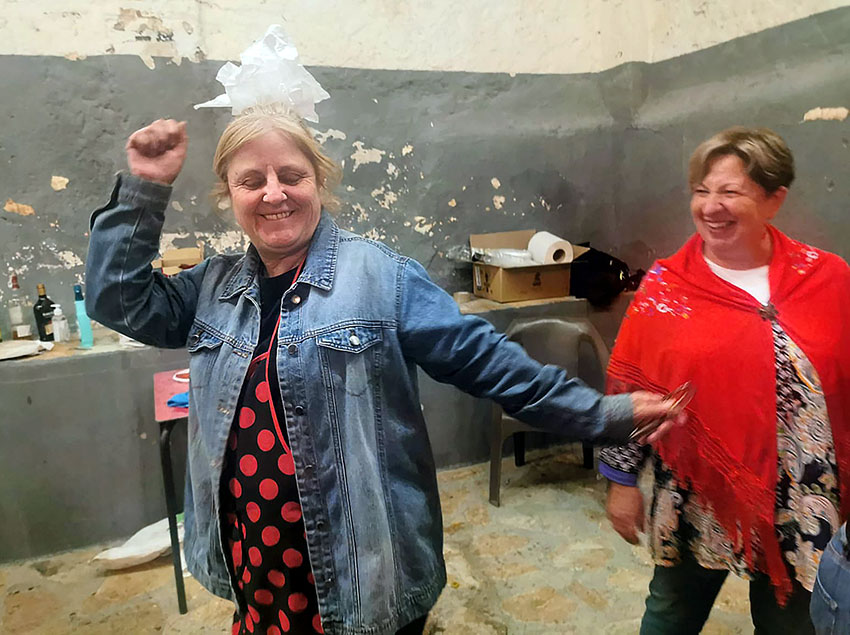ALWAYS a pretty spectacle, the Cruces de Mayo (May crosses festival) is celebrated annually throughout Spain. It occurs on or around 3 May, this year on the weekend of 3rd to 5th. It is sn event where ‘pueblos’ place decorated crosses and flamboyant displays in their public areas.
As well as many ‘ayuntamientos’ mounting an official display, some residents adorn their patios and steets with flowers and props. Commonly occuring ones in La Alpujarra are ‘mimbre”’ baskets, flamenco guitars, painted antique chairs and tables, and spotted shawls. It is the time to enjoy a barbeque and ‘una cerveza’ with friends while taking in the scene.
Sometimes, the celebrations are less ‘holy’ in nature, with the fiesta spirit we all know and love taking hold by nighttime! Especially as many towns turn the event into a mini ‘feria’ with mobile bars, music, and dancing. There are also many private houseparties at this time, and men gathering to eat ‘choto’ (goat) in ‘cortijos’ (rural houses).
A historic celebration
This is an event with a long tradition. The Cruces del Mayo can be traced to the fourth century AD. During a vicious battle, Emperor Constantine visualised a cross that helped him to beat the enemy. After this vision, his family converted to Christianity and his mother, St Helena, travelled to Jerusalem in search of Jesus’ cross. She located three possibilities. To find which was genuine, she tested them to see if they performed miracles. One cross appeared to be the ‘right’ one – healing people and bringing them back to life. St Helena started championing the cross and urging people to worship Jesus.
This veneration of the cross lies behind the ‘cruces’ fiesta. Meanwhile, the tradition of decorating the crosses dates to the 18th century, and usually involves a town’s ‘hermandades’ (brotherhoods), or religious societies. The crosses tend to be around 3m high and adorned with flowers. Other common props include flowerpots, ceramic bowls, picture frames, guitars, scarves, fruit, miniature wooden furniture, candelabras, saddles, hanging lamps, and bunting. Many of the item have a flamenco connection, especially near Granada.
The fiesta can span the weekends before and after 3 May (any excuse for more celebrating!) and is sometimes also accompanied by ‘romerias’ where people dress up, put flowers in their hair, and walk to a local ‘ermita’ (small church) to share a picnic and ‘cerveza’ (yes, that again!).
In Andalucia, the most famous event is in Cordoba, with decorated patios that form a mayor tourist attraction.
The spa town of Lanjarón, the ‘gateway’ to the Alpujarra of Granada, has one of the best displays in area. This is improved upon every year and is easy for visitors to find.


